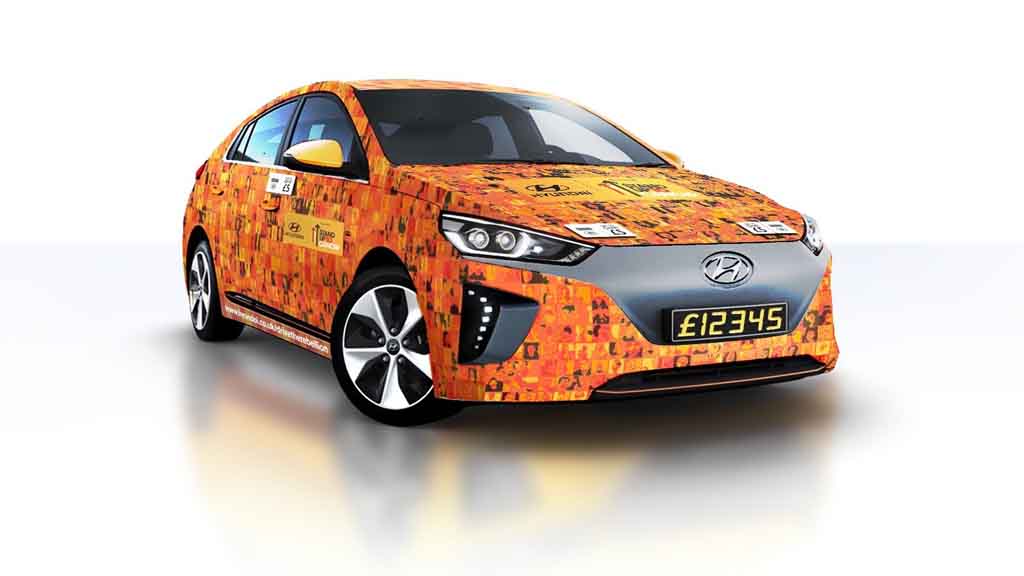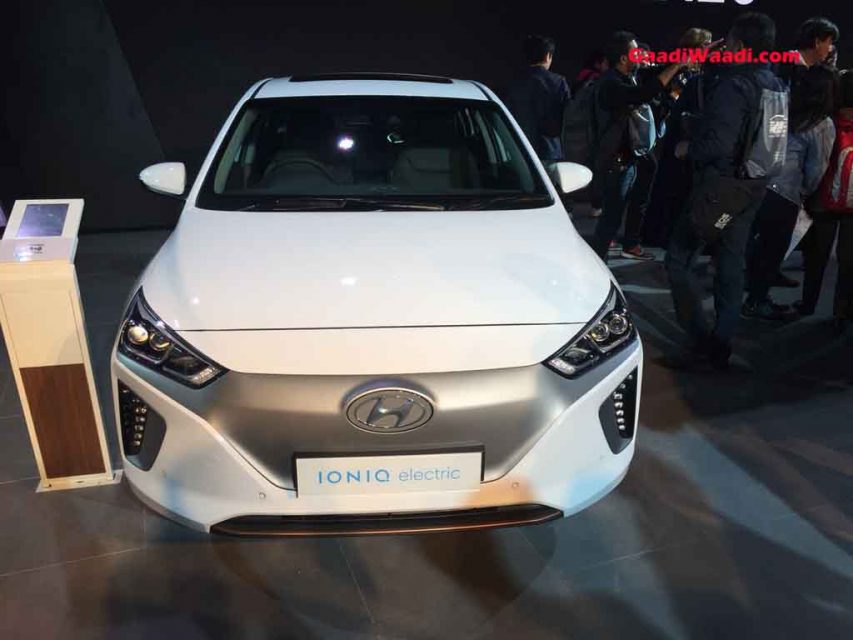
Hyundai and Kia to introduce cars with solar roof panels, which can charge the battery and it will be introduced by the end of this decade
Most of the modern cars come with some sort of electric assistance for engines while some models are purely run by electric energy but the problem is recharging as most of the countries is yet to have sufficient charging stations and infrastructure development is slow, which is why sales of these vehicles are not high.
One of the ways to solve this problem is to use renewable energy such as wind and solar. Some manufacturers have already tried to use solar energy to power electric vehicles but they are not yet mass produced. Hyundai and Kia have decided to introduce solar roof panels for its cars and the first model with this technology could reach the market before the end of this decade.
Earlier this year, a Sonata sedan prototype was spotted in South Korea with solar panels integrated into the roof. Toyota has already offered Prius in 2010 with such a roof in Japan for a limited time but the system in Hyundai and Kia is different as solar energy is converted to electric energy and it is used to assist engine or charge the battery.
The Korean manufacturers are working on three solar charging system as the first generation silicon solar roof system will be used in Hybrid vehicles and these panels can be mounted on a normal roof. This system is so effective that if weather conditions are perfect, then the battery can be charged between 30 and 60 per capacity in a day.
The second generation semi-transparent solar roof system will be used in vehicles with Internal Combustion Engine (ICE) as they are applied to a panoramic sunroof and advantage of using this system is that it is transparent. This will help the company to reduce CO2 emissions.
The third generation system includes a lightweight solar-lid system in which the solar panels are mounted on a structure in bonnet and roof. Jeong-Gil Park said that various types of electric generating technologies will be introduced in future vehicles but the company didn’t specify the products.

